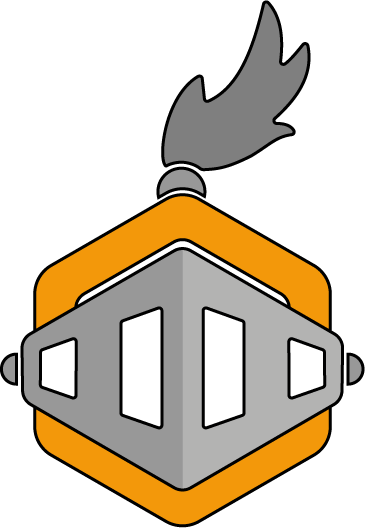
Module Basics
What are modules?
Modules provide all the core functionality Magento offers that build on top of the framework code and also the way for developers to add their extended functionality to the platform.
As their name suggests, they are modular collections of code designed to work independently from one another, or in many cases, depend on other modules and extend their functionality.
A module can contain many different types of code for a wide variety of purposes, which we'll cover below.
Generally speaking, small, concise modules with minimal dependencies make for better code maintainability and interpolation, but in the Magento core modules can range from micro to monolithic.
Core Magento 2 module examples
Magento_Catalog- contains all key functionality concerning products and categories (and more!)Magento_Checkout- contains all key functionality concerning the cart and checkout processMagento_Cms- contains all key functionality concerning CMS pages and blocks
Module naming
Note all the Magento modules above contained 'Magento', followed by an underscore then a descriptive word relating to the module (e.g. 'Checkout'). These form a modules name, broken down as follows:
<Vendor>_<ModuleName>Where <Vendor> is the name of the module provider/creator and <ModuleName> is the name of the module.
So, for example, a module that adds image banners to CMS pages by a company called 'My Awesome Company' might be named MyAwesomeCompany_CmsBanners
Module location
By default, modules can be included in 2 places within a Magento 2 project:
- Within the
app/codedirectory - Within the
vendordirectory (this is where all modules installed via composer reside)
Create `registration.php` file
<?php
\Magento\Framework\Component\ComponentRegistrar::register(
\Magento\Framework\Component\ComponentRegistrar::MODULE,
'MageQuest_MyFirstModule',
__DIR__
);